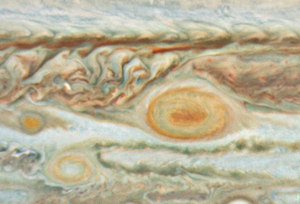OF THE
TIMES
Please can the proles stop repeating the same mistakes over & over of conflating a MYTH as a FACT. Zachariah Stichin (the 32nd degree...
Please can the proles stop repeating the same mistakes over & over of conflating a MYTH as a FACT. Zachariah Stichin (the 32nd degree...
That was great, thanks! I look forward to part two.
From the article - the concluding sentiment - twas as follows: That fall may be the extinction of the human race. Yep....seems as such... The end...
Same ole’ song & dance. The song is Peace the dance is War. ;)
To submit an article for publication, see our Submission Guidelines
Reader comments do not necessarily reflect the views of the volunteers, editors, and directors of SOTT.net or the Quantum Future Group.
Some icons on this site were created by: Afterglow, Aha-Soft, AntialiasFactory, artdesigner.lv, Artura, DailyOverview, Everaldo, GraphicsFuel, IconFactory, Iconka, IconShock, Icons-Land, i-love-icons, KDE-look.org, Klukeart, mugenb16, Map Icons Collection, PetshopBoxStudio, VisualPharm, wbeiruti, WebIconset
Powered by PikaJS 🐁 and In·Site
Original content © 2002-2024 by Sott.net/Signs of the Times. See: FAIR USE NOTICE

Reader Comments
to our Newsletter